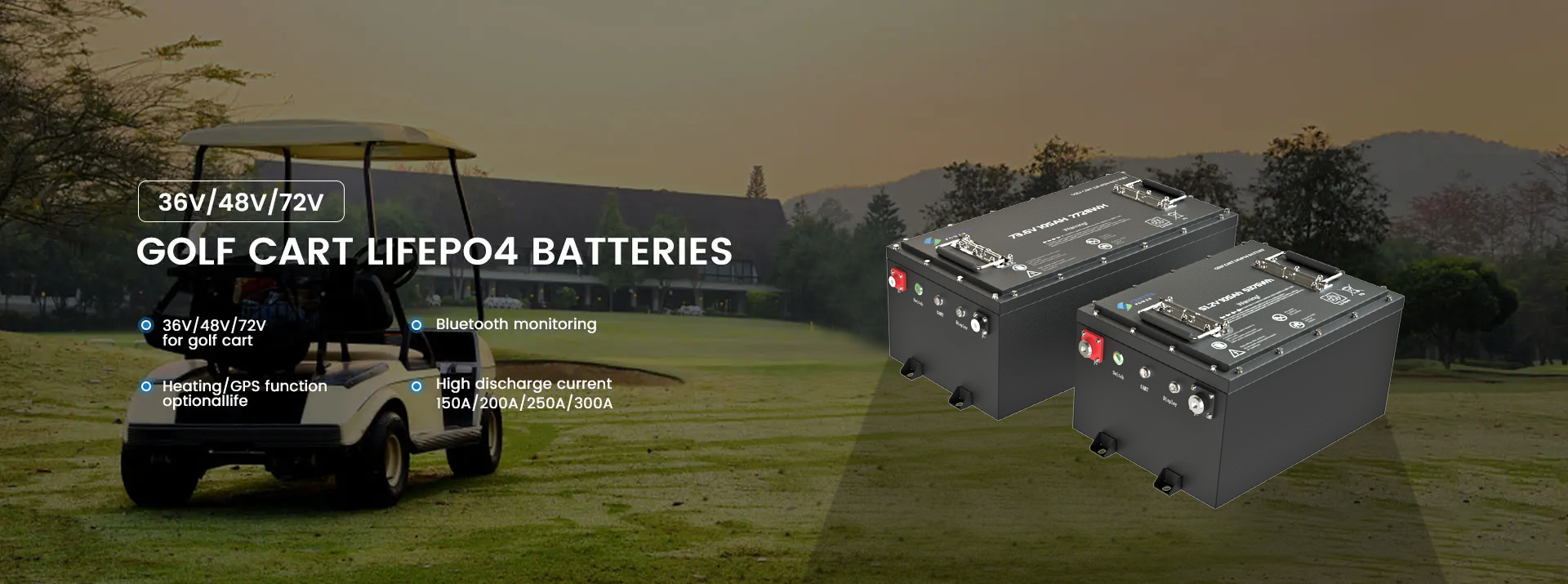how do boat batteries recharge
Boat batteries recharge by reversing the electrochemical reactions that occur during discharge. This process is typically accomplished using either the boat's alternator or an external battery charger. Here’s a detailed explanation of how boat batteries recharge:
Charging Methods
1. Alternator Charging:
- Engine-Driven: When the boat's engine is running, it drives an alternator, which generates electricity.
- Voltage Regulation: The alternator produces AC (alternating current) electricity, which is then converted to DC (direct current) and regulated to a safe voltage level for the battery.
- Charging Process: The regulated DC current flows into the battery, reversing the discharge reaction. This process converts the lead sulfate on the plates back into lead dioxide (positive plate) and sponge lead (negative plate), and restores the sulfuric acid in the electrolyte solution.
2. External Battery Charger:
- Plug-In Chargers: These chargers can be plugged into a standard AC outlet and connected to the battery terminals.
- Smart Chargers: Modern chargers are often "smart" and can adjust the charging rate based on the battery’s state of charge, temperature, and type (e.g., lead-acid, AGM, gel).
- Multi-Stage Charging: These chargers typically use a multi-stage process to ensure efficient and safe charging:
- Bulk Charge: Delivers a high current to bring the battery up to about 80% charge.
- Absorption Charge: Reduces the current while maintaining a constant voltage to bring the battery up to nearly full charge.
- Float Charge: Provides a low, steady current to maintain the battery at 100% charge without overcharging.
Charging Process
1. Bulk Charging:
- High Current: Initially, a high current is supplied to the battery, which increases the voltage.
- Chemical Reactions: The electrical energy converts the lead sulfate back into lead dioxide and sponge lead while replenishing the sulfuric acid in the electrolyte.
2. Absorption Charging:
- Voltage Plateau: As the battery approaches full charge, the voltage is maintained at a constant level.
- Current Decrease: The current gradually decreases to prevent overheating and overcharging.
- Complete Reaction:This stage ensures that the chemical reactions are fully completed, restoring the battery to its maximum capacity.
3. Float Charging:
- Maintenance Mode: Once the battery is fully charged, the charger switches to a float mode, supplying just enough current to compensate for self-discharge.
- Long-Term Maintenance: This keeps the battery at full charge without causing damage from overcharging.
Monitoring and Safety
1. Battery Monitors: Using a battery monitor can help keep track of the state of charge, voltage, and overall health of the battery.
2. Temperature Compensation: Some chargers include temperature sensors to adjust the charging voltage based on the battery temperature, preventing overheating or undercharging.
3. Safety Features: Modern chargers have built-in safety features such as overcharge protection, short-circuit protection, and reverse polarity protection to prevent damage and ensure safe operation.
By using the boat's alternator or an external charger, and by following proper charging practices, you can efficiently recharge boat batteries, ensuring they remain in good condition and provide reliable power for all your boating needs.

Post time: Jul-09-2024





